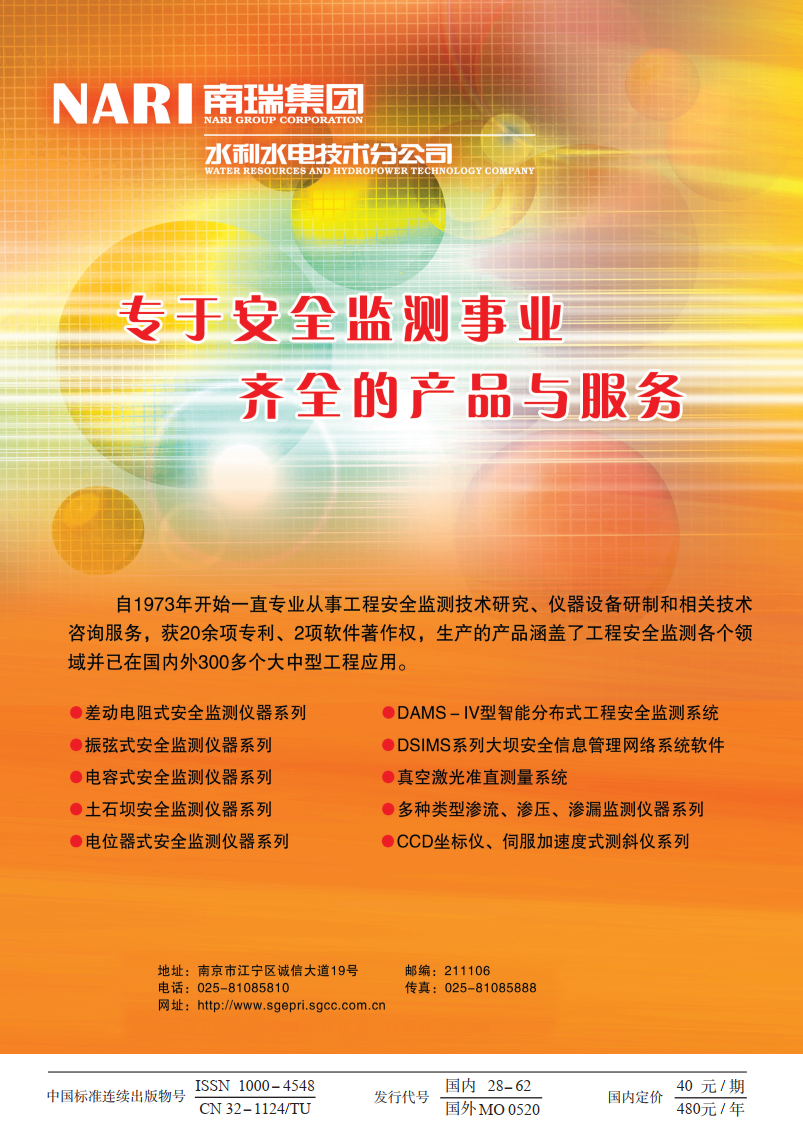| [1] |
ZIENKIEWICZ O C, HUANG M S, PASTOR M. Localization problems in plasticity using finite elements with adaptive remeshing[J]. International Journal for Numerical and Analytical Methods in Geomechanics, 1995, 19 (2): 127 – 148.
|
| [2] |
BELYTSCHKO T, BLACK T. Elastic crack growth in finite element with minimal remeshing[J]. International Journal for Numerical Methods in Engineering, 1999, 45 (5): 601 – 620.
|
| [3] |
BELYTSCHKO T, LU Y Y, GU L, Element-free Galerkin method[J]. International Journal for Numerical Methods in Engineering, 1994, 37 (2): 229 – 256.
|
| [4] |
DE BORST R, SLUYS L J. Localization in a Cosserat continuum under static and dynamic loading conditions[J]. Computer Methods in Applied Mechanics and Engineering, 1991, 90 (1): 805 – 827.
|
| [5] |
FLECK N A, HUTCHINSON J W. Strain gradient plasticity[J]. Advances in Applied Mechanics,1997, 33 : 295 – 361.
|
| [6] |
MUHLHAUS H B, AIFANTIS E C. A variational principle for gradient plasticity[J]. International Journal of Solids and Structures,1991, 28 (7): 845 – 857.
|
| [7] |
宋二祥 . 软化材料有限元分析的一种非局部方法 [J]. 工程力学 , 1995, 12 (4): 93 – 101. (SONG Er-xiang. A nonlocal approach for finite element analysis of softening material[J]. 1995, 12 (4): 93 – 101. (in Chinese))
|
| [8] |
DE BORST R, PAMIN J. Some novel developments in finite element procedures for gradient-dependent plasticity[J]. International Journal for Numerical Methods in Engineering, 1996, 39 (14): 2477 – 2505.
|
| [9] |
李锡夔 , CESCOTTO S. 梯度塑性的有限元分析及应变局部化模拟 [J]. 力学学报 , 1996, 28 (5): 575 – 584. (LI Xin-kui, CESCOTTO S. Finite element analysis for gradient plasticity and modeling of strain localization[J]. Acta Mechanica Sinica, 1996, 28 (5): 575 – 584. (in Chinese))
|
| [10] |
MANZARI M T, REGUEIRO R A. Gradient plasticity modeling of geomaterials in a meshfree environment. Part I: Theory and variational formulation[J]. Mechanics Research Communications, 2005, 32 (5): 536 – 546.
|
| [11] |
HASHIGUCHI K, TSUTSUMI S. Gradient plasticity with the tangential-subloading surface model and the prediction of shear-band thickness of granular materials[J]. International Journal of Plasticity, 2007, 23 (5): 767 – 797.
|
| [12] |
朱以文 , 徐 晗 , 蔡元奇 , 等 . 边坡稳定的剪切带计算 [J]. 计算力学学报 , 2007, 24 (4): 441 – 446. (ZHU Yi-wen, XU Han, CAI Yuan-qi, et al. Calculation of shear band for slope stability[J]. Chinese Journal of Computational Mechanics, 2007, 24 (4): 441 – 446. (in Chinese))
|
| [13] |
MROGINSKI J L, ETSE G, VRECH S M. A thermodynamical gradient theory for deformation and strain localization of porous media[J]. International Journal of Plasticity, 2011, 27 (4): 620 – 634.
|
| [14] |
梁国平 . 有限元语言 [M]. 北京 : 科学出版社 , 2009. (LIANG Guo-ping. Finite element language[M]. Beijing: Science Press, 2009. (in Chinese))
|
| [15] |
殷有泉 . 非线性有限元基础 [M]. 北京 : 北京大学出版社 , 2007. (YIN You-quan. Non-linear finite element[M]. Beijing: Peking University Press, 2007. (in Chinese))
|








 下载:
下载:
